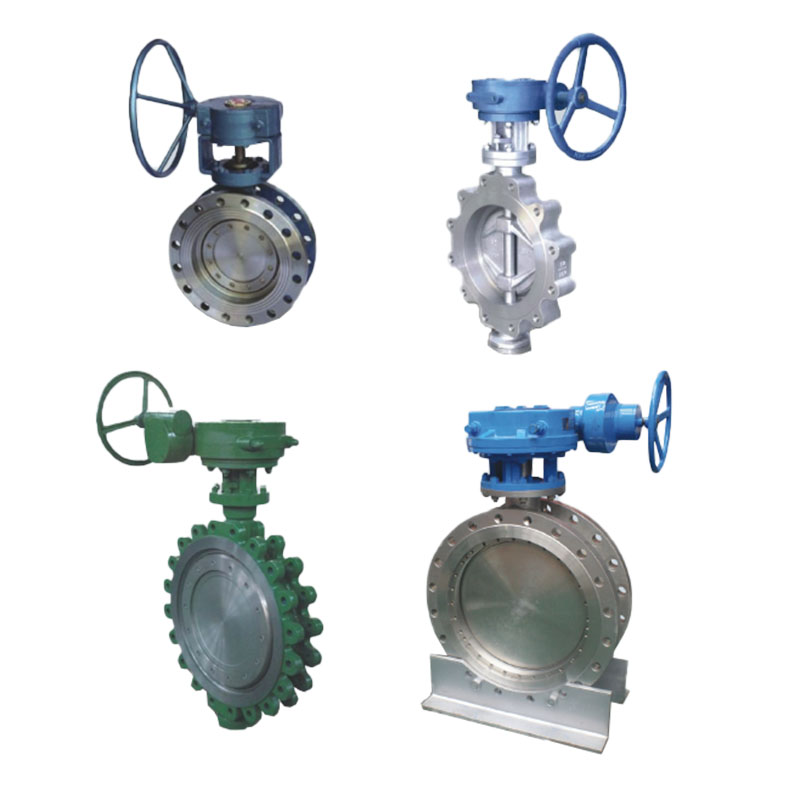Zhejiang Shunlin Valve Co., Ltd. is China Flange Valve Manufacturers, we are design and manufactures API standard valves (globe valves, gate valves, check valves, ball valves).
Check Valves are used in fluid handling systems to allow one-directional flow
Update:2023-12-20 10:00:00 Wednesday
Summary:Check Valves are used in fluid handling systems to allow one-directional flow while preventing backflow, maintaining system pressure, and protecting equipment from backflow damage. They're widely utilized for safety, ease of operation, protection of ......
Check Valves are used in fluid handling systems to allow one-directional flow while preventing backflow, maintaining system pressure, and protecting equipment from backflow damage. They're widely utilized for safety, ease of operation, protection of equipment from backflow damage as well and providing pressure regulation - they form an integral component of many industrial and manufacturing facilities worldwide.
However, they do come with certain drawbacks, which can be lessened through proper design and selection of check valves for specific applications. It is essential to take into account various variables when choosing a check valve - such as media type, pipe size, and pressure gradient as well as line pressure gradient - when making this selection process; otherwise, an incorrect choice could lead to leakage, failure or clogging of disc or seat.
Check valves are typically constructed of both metallic and non-metallic materials. Their construction should correspond with their operating environment, anticipated lifespan, type of media they will encounter in service, and connection type as these factors can have a dramatic effect on their operation and maintenance as well as performance.
When selecting a check valve, it is essential to take note of its internal seal and its ability to work under reverse flow conditions. Check valves rely on "reverse" line pressure rather than mechanical force for their internal sealing mechanism compared with on/off control valves used to close their disc/seat system as opposed to pressure being exerted from above as the basis for their closure compared with on/off valves (MSS SP-61). Therefore their seat leakage rates tend to be higher due to pressure not exerting sufficient force on close when closing them as with on/off control valves compared with checks.
Check valves typically use springs or other devices to keep their closing mechanisms locked into place, requiring media to overcome an opposing force (known as cracking pressure) to open them. Mistaking line size and pressure class alone as the primary factors when purchasing check valves can lead to incorrectly sized check valves that may over-engineer for future needs or under-engineer for current demands, leading to trim chatter, premature wear, accelerated valve failure and greater than estimated pressure drops.
Ball check valves are one of the most widely utilized check valve variations used in liquid and gas systems. As it features a small disc that's held in place by spring pressure, ball check valves are best suited to smaller pipe sizes with low to medium flow rate requirements and lower pressure systems than swing check valves which feature larger seats to support higher flow and pressure systems.


 English
English 中文简体
中文简体 русский
русский







